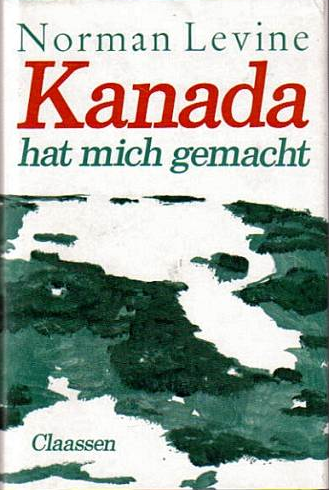Corporate greed knows no bounds beyond those imposed by prostate government ministers. Anyone seeking evidence should look no further than the feculence being spewed upon us all by VDM Publishing. Located in the publishing hotbed of Saarbrücken, Germany (pop. 176,000), VDM publishes no original material; for the most part, its writers (unwitting) are the selfless souls who contribute to Wikipedia. The free encyclopedia's entry on Malaysia's South Klang Valley Expressway can be yours through VDM and Amazon for US$146.39.
Consider this my 2013 post. The proliferation of titles aside – the Betascript imprint alone now offers more than 319,000 – there's really nothing new to report. That said, I must acknowledge the debate raging over something in Moscow called "Bookvika". Are they part of VDM or are they an imitator? Because, really, who wouldn't want to follow VDM's business model.
Recognizing that Bookvika is a 2500-kilometre drive from Saarbrücken, I feel pretty confident in my belief that it falls under the proud VDM corporate umbrella. I cite as evidence the tag found on the cover of Mordecai Richler – "High Quality Content by [sic] WIKIPEDIA articles" – which is identical to that found on VDM titles. And should we not recognize Jesse Russell and Ronald Cohn, whose names grace tens of thousands of titles?
That Isaac Asimov, what a piker.
Russell and Cohn's Mordecai Richler is worthy of special attention, if only for its odd cover. I must admit, I've never associated the man's name or his writing with China or the Chinese. On the other hand, VDM uses the very same image in hoovering up, bagging and selling entries relating to Pierre Elliott Trudeau... and in 1970 the late Prime Minister did open relations with China. So there you go.
Forget politics, never mind history, being a bookish fellow I'm most interested in VDM's CanLit titles.
"Scratch an actor and you'll find an actress," opined Dorothy Parker. Here we have former thespian Robertson Davies, the man who gave us the Deptford Trilogy, as attractive sorority girl:
Forget politics, never mind history, being a bookish fellow I'm most interested in VDM's CanLit titles.
"Scratch an actor and you'll find an actress," opined Dorothy Parker. Here we have former thespian Robertson Davies, the man who gave us the Deptford Trilogy, as attractive sorority girl:
There's more gender-bending with Marie-Claire Blais...
More weirdness comes with their book on Gabrielle Roy – thirty years dead – which features the laptop she used when writing Bonheur d'occassion and La Petite Poule d'Eau.
Having devoted six or so years of my life – my wife insists the number is ten – to writing a biography of poet John Glassco, it was this title that interested me more than any other:
Amazon sells Alphascript's 18-page John Glassco for $53.00. Buy it and you'll find not only the man's Wikipedia entry, but others on McGill University (which he attended), James Joyce (whom he likely never met), Ernest Hemingway (ditto), Gertrude Stein (ditto) and Alice B. Toklas (ditto). You'll also find my name because some kind Wikipedian saw fit to cite A Gentleman of Pleasure, my 398-page biography. A McGill-Queen's University Press publication, Amazon is selling the hardcover first edition for $25.17.
Order four and I'll have earned enough in royalties to buy you a beer.
Related posts:

























































